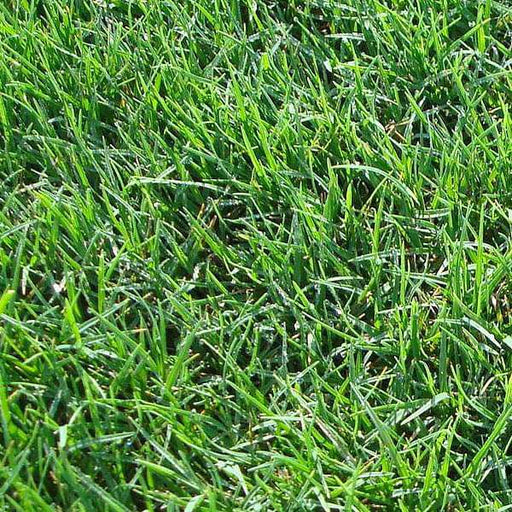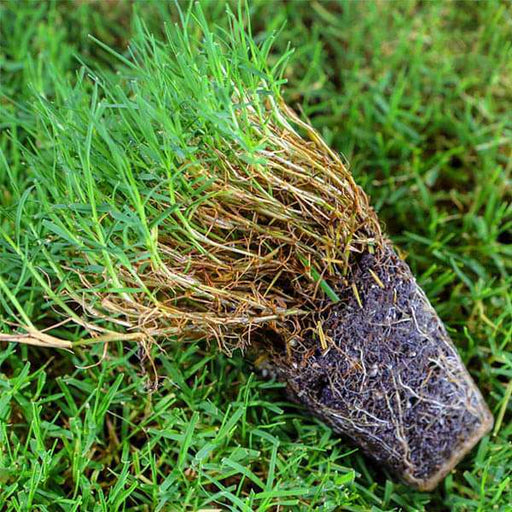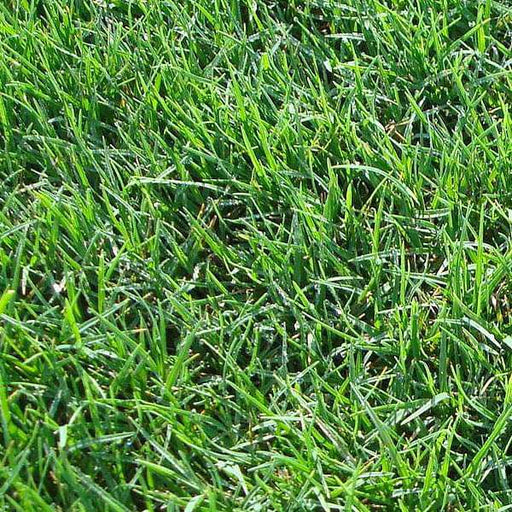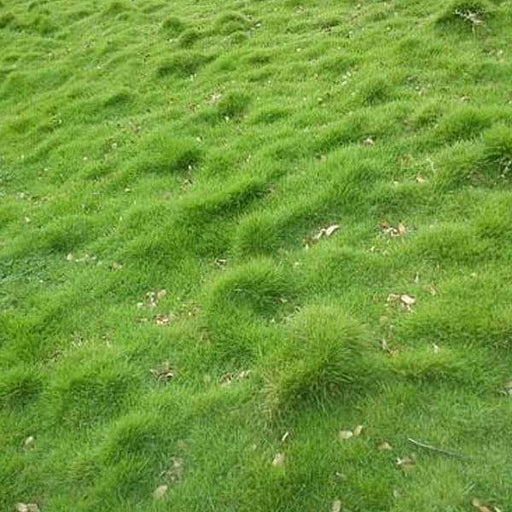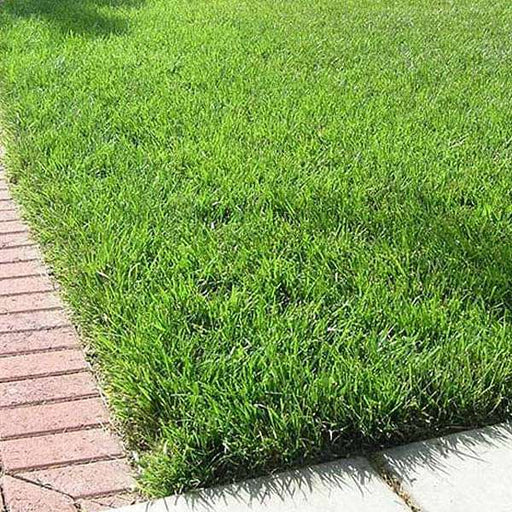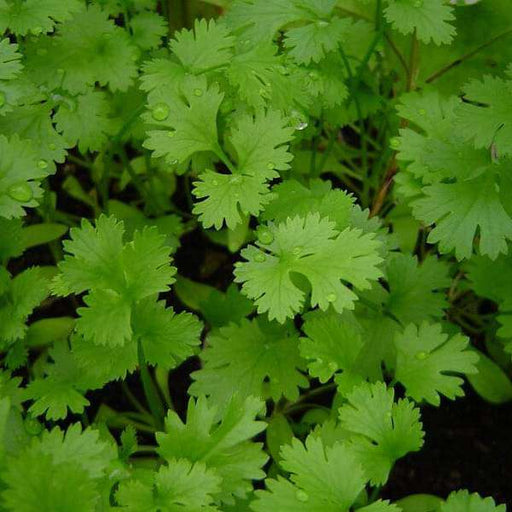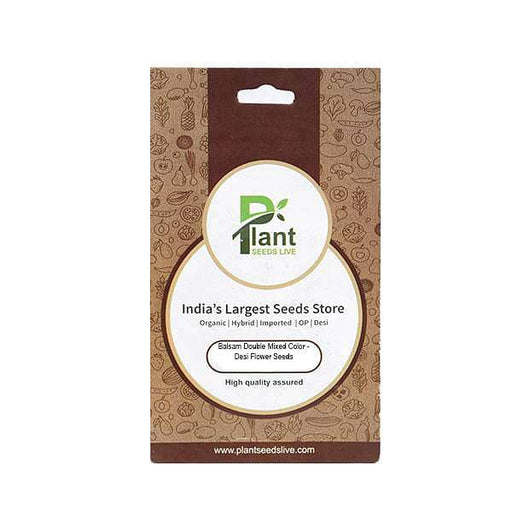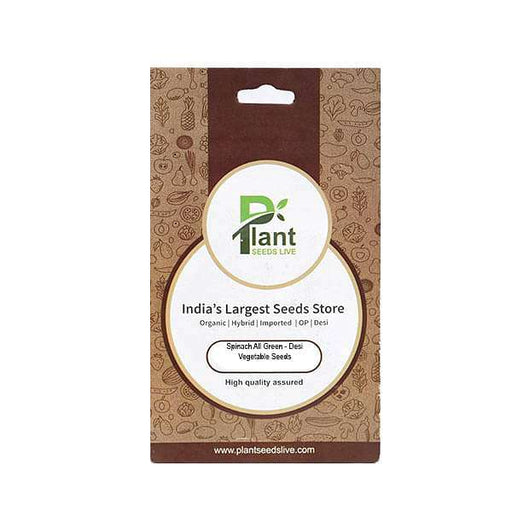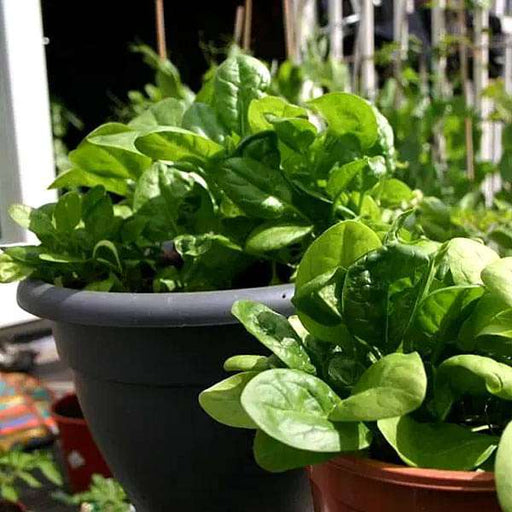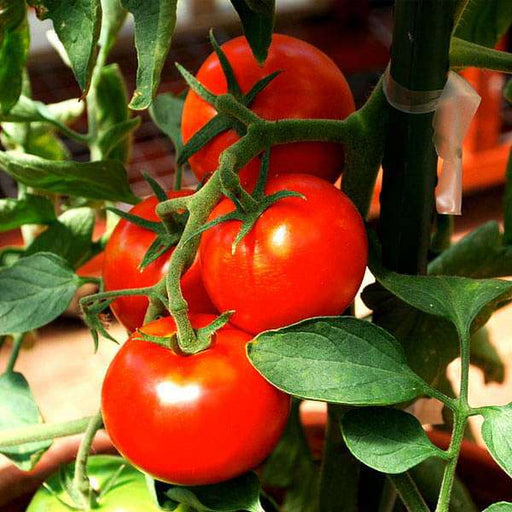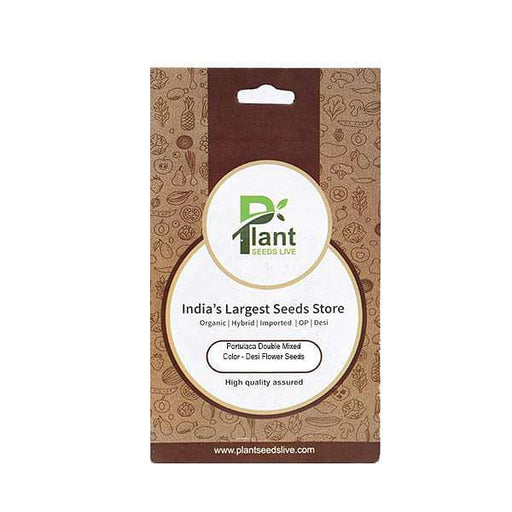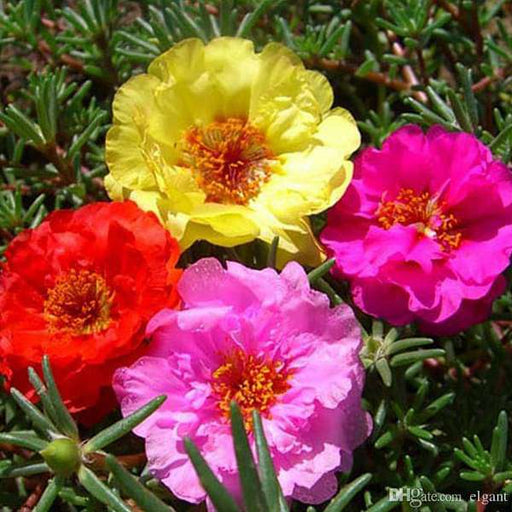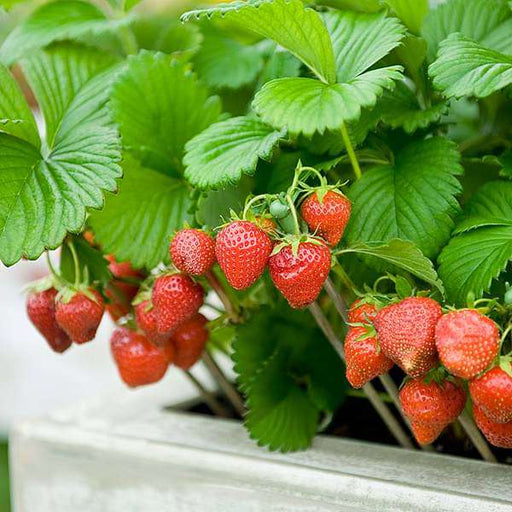Bermuda Grass Seeds
Bermuda grass is a popular warm-season grass that is known for its durability and ability to withstand heavy foot traffic. In this article, we will explore how to grow Bermuda grass from seed and what you need to know to be successful.
Kentucky Bluegrass Seeds
Kentucky bluegrass is a cool-season grass that is known for its lush, green appearance and tolerance to cold temperatures. In this article, we will explore how to grow Kentucky bluegrass from seed and what you need to know to be successful.
Fescue Grass Seeds
Fescue grass is a popular choice for lawns because of its tolerance to shade and drought. In this article, we will explore how to grow fescue grass from seed and what you need to know to be successful.
Zoysia Grass Seeds
Zoysia grass is a warm-season grass that is known for its ability to form a dense, lush lawn. In this article, we will explore how to grow Zoysia grass from seed and what you need to know to be successful.
Centipede Grass Seeds
Centipede grass is a low-maintenance grass that is known for its ability to tolerate heat and drought. In this article, we will explore how to grow centipede grass from seed and what you need to know to be successful.
Bahia Grass Seeds
Bahia grass is a warm-season grass that is known for its ability to withstand extreme heat and drought. In this article, we will explore how to grow Bahia grass from seed and what you need to know to be successful.
Ryegrass Seeds
Ryegrass is a cool-season grass that is often used for overseeding lawns in the winter months. In this article, we will explore how to grow ryegrass from seed and what you need to know to be successful.
St. Augustine Grass Seeds
St. Augustine grass is a warm-season grass that is known for its ability to thrive in hot and humid conditions. In this article, we will explore how to grow St. Augustine grass from seed and what you need to know to be successful.
Buffalo Grass Seeds
Buffalo grass is a warm-season grass that is known for its ability to form a dense, low-maintenance lawn. In this article, we will explore how to grow Buffalo grass from seed and what you need to know to be successful.
Tall Fescue Grass Seeds
Tall fescue grass is a cool-season grass that is known for its ability to withstand heavy foot traffic and tolerate drought. In this article, we will explore how to grow tall fescue grass from seed and what you need to know to be successful.
Blue Grama Grass Seeds
Blue grama grass is a warm-season grass that is native to the Great Plains region of North America. In this article, we will explore how to grow blue grama grass from seed and what you need to know to be successful.
Buffalo Blue Grass Seeds
Buffalo blue grass is a combination of buffalo grass and bluegrass that is known for its low-maintenance requirements and tolerance to drought. In this article, we will explore how to grow buffalo blue grass from seed and what you need to know to be successful.
Creeping Bentgrass Seeds
Creeping bentgrass is a cool-season grass that is often used on golf courses and other athletic fields because of its ability to tolerate heavy foot traffic. In this article, we will explore how to grow creeping bentgrass from seed and what you need to know to be successful.
Perennial Ryegrass Seeds
Perennial ryegrass is a cool-season grass that is known for its rapid germination and establishment. In this article, we will explore how to grow perennial ryegrass from seed and what you need to know to be successful.
Annual Ryegrass Seeds
Annual ryegrass is a cool-season grass that is often used as a cover crop or for temporary lawns. In this article, we will explore how to grow annual ryegrass from seed and what you need to know to be successful.
Red Fescue Grass Seeds
Red fescue grass is a cool-season grass that is often used in shady areas because of its tolerance to low light conditions. In this article, we will explore how to grow red fescue grass from seed and what you need to know to be successful.
Bentgrass Seeds
Bentgrass is a cool-season grass that is known for its fine texture and ability to form a dense, uniform lawn. In this article, we will explore how to grow bentgrass from seed and what you need to know to be successful.
Fine Fescue Grass Seeds
Fine fescue grass is a cool-season grass that is often used in low-maintenance lawns because of its ability to grow in poor soils and tolerate drought. In this article, we will explore how to grow fine fescue grass from seed and what you need to know to be successful.
Rye Grass Seeds
Rye grass is a cool-season grass that is often used as a cover crop or for erosion control. In this article, we will explore how to grow rye grass from seed and what you need to know to be successful.
Tall Fescue Blend Grass Seeds
Tall fescue blend grass is a combination of different tall fescue varieties that are known for their tolerance to heat and drought. In this article, we will explore how to grow tall fescue blend grass from seed and what you need to know to be successful.



